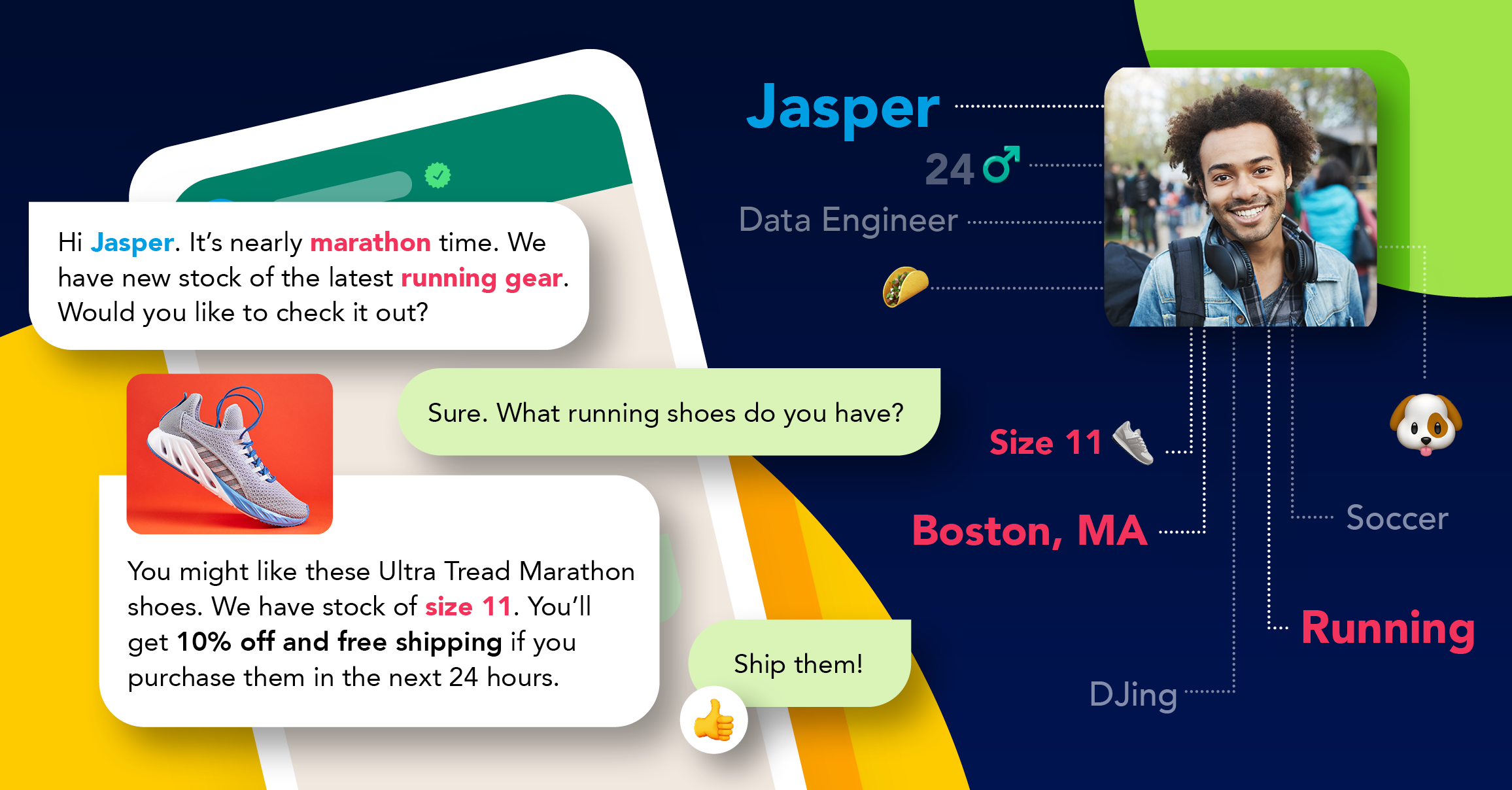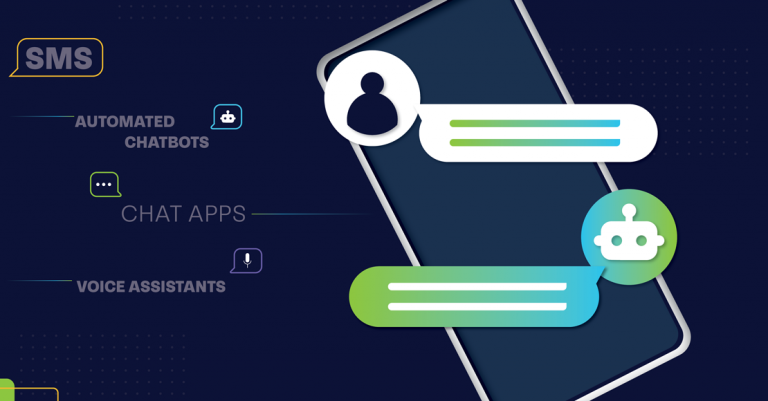
Mobile marketing questions
It should come as no surprise that mobile accounts for the vast majority of website visits. It makes sense then that marketers should focus their efforts on mobile marketing. The statistics and research are already showing this.
Numerous reports have shown that US mobile ad spends will exceed $40 billion this year – and the industry can expect that number to pass $65 billion by 2020. And by the end of this year, 75% of online content consumption is expected to be mobile.
Mobile is no longer one of the many marketing trends popping up each year. It’s how customers are arriving at your products or services. These numbers are telling a story. Customers are finding out about your company, browsing your work, and making purchases while online.
It's essential your mobile marketing efforts are catching their attention at the right moment during the buying cycle. So, what are the issues that mobile marketers should be focusing on this year? Here are five questions they should be asking in 2017.
How can I provide an omnichannel experience?
Omni-channel is one of those concepts which is often thought of as one of many new and temporary marketing trends. But it’s so much more than that. Customers not only have access to your physical store but your website and all of your social platforms. Since it’s possible for customers to begin their buying process in one place and move through your options before buying in your store or elsewhere, it’s essential for your channels to be consistent.
Related: 3 ways businesses can harness omnichannel to their benefit
How can I increase my active mobile users?
A great way to increase the retention and engagement of mobile users is to make use of automated campaigns. It automatically activates a message based on users’ actions or inaction depending on a scenario specified by marketers. Some examples of these include sending a coupon one day after downloading your app or sending one when they haven't opened the app in more than a month. In addition, geofencing technology means you can send messages to consumers when they’re near your store or even while they’re strolling the aisles.
How can I offer personalized mobile marketing content to customers?
According to research, three out of four customers are more likely to make a purchase when they’re greeted by name or recommended specific items based on purchasing history. In addition, 63% of customers will think more positively about a brand that offers content that is more relevant and interesting to them. It’s important that mobile marketing professionals give customers what they want when they want it. Understanding your target audience will ensure you have the information you need to deliver personalized messages. Because you’ll be giving them personalized information instead of spam and irrelevant messages, your conversation rates will likely increase.
How can I monetize my app?
No one wants to think about this. But the reality is, you do need to make money from your app. And that’s why you need to figure out how you can monetize. The first step is to create an option that offers content your customers want to see for free. Next is to create another level of content which they’ll be willing to pay for. Once you’ve done that, you can offer a premium plan for paying customers. Other options include using advertising within the app and offering in-app purchases. Lastly, if your offering is significantly different from your competitors, you can have users pay to download it.
When should I run mobile marketing campaigns?
Conversion rates on mobile tend to peak at two specific times: around lunchtime, about 2 pm, and after dinner, about 10 pm. The problem here is that your customers may be scattered around the globe. For them, you’ll have to ensure your messages are targeted to their particular time zones. When it comes to the most popular days of the week for mobile app usage, the days where usage tends to the peak are Monday, Wednesday, and Sunday. With this information in mind, mobile marketers should ensure they're there for customers these days. They're sure to have questions and queries as they move closer to making a purchase.
To find out more about the top marketing trends of 2017, read our recent article. It details which trends we can look forward to this year including the IoT, virtual and augmented reality, and personalized content.
Explore other articles
Step into the future of business messaging.
SMS and two-way channels, automation, call center integration, payments - do it all with Clickatell's Chat Commerce platform.








